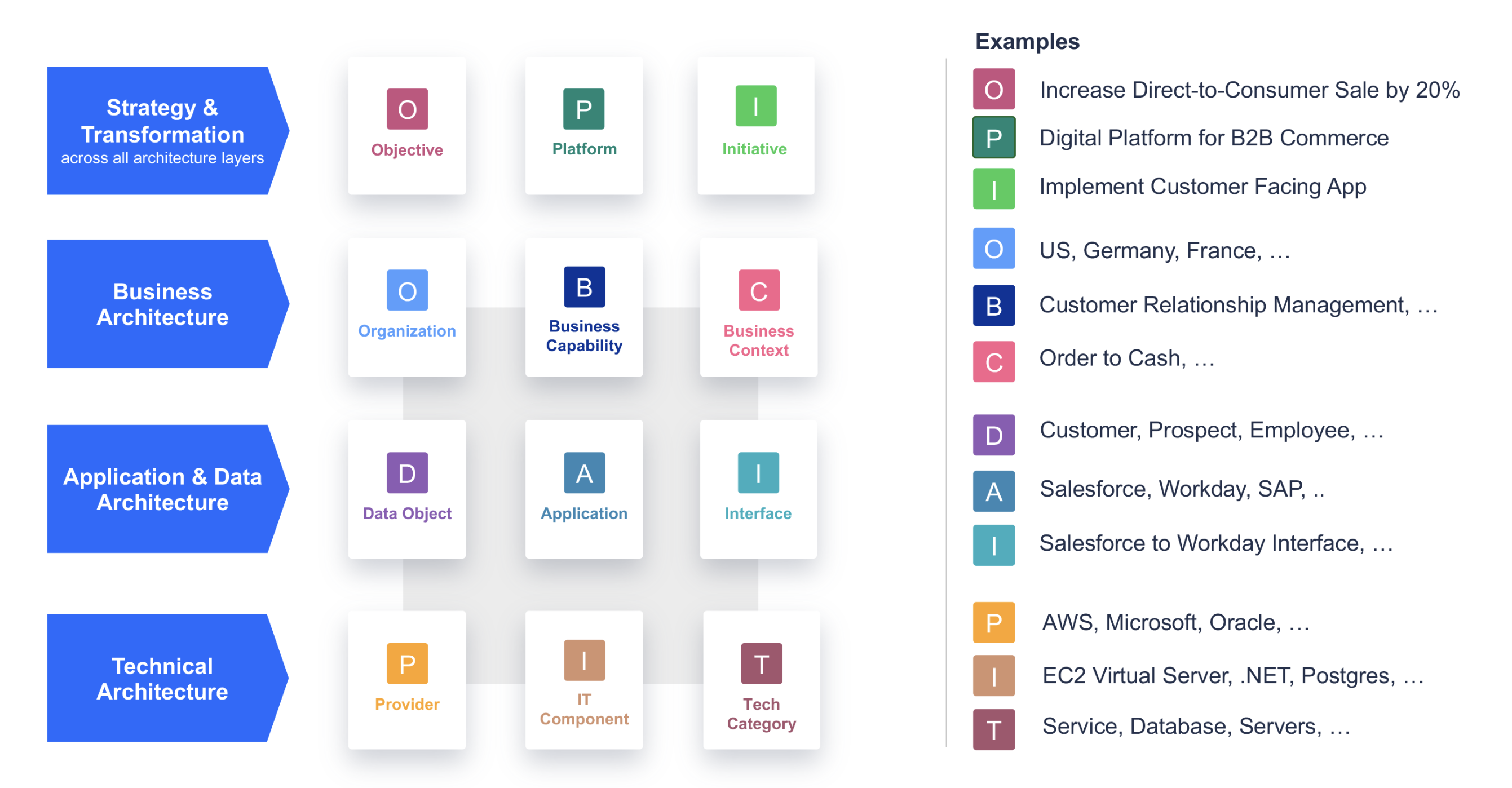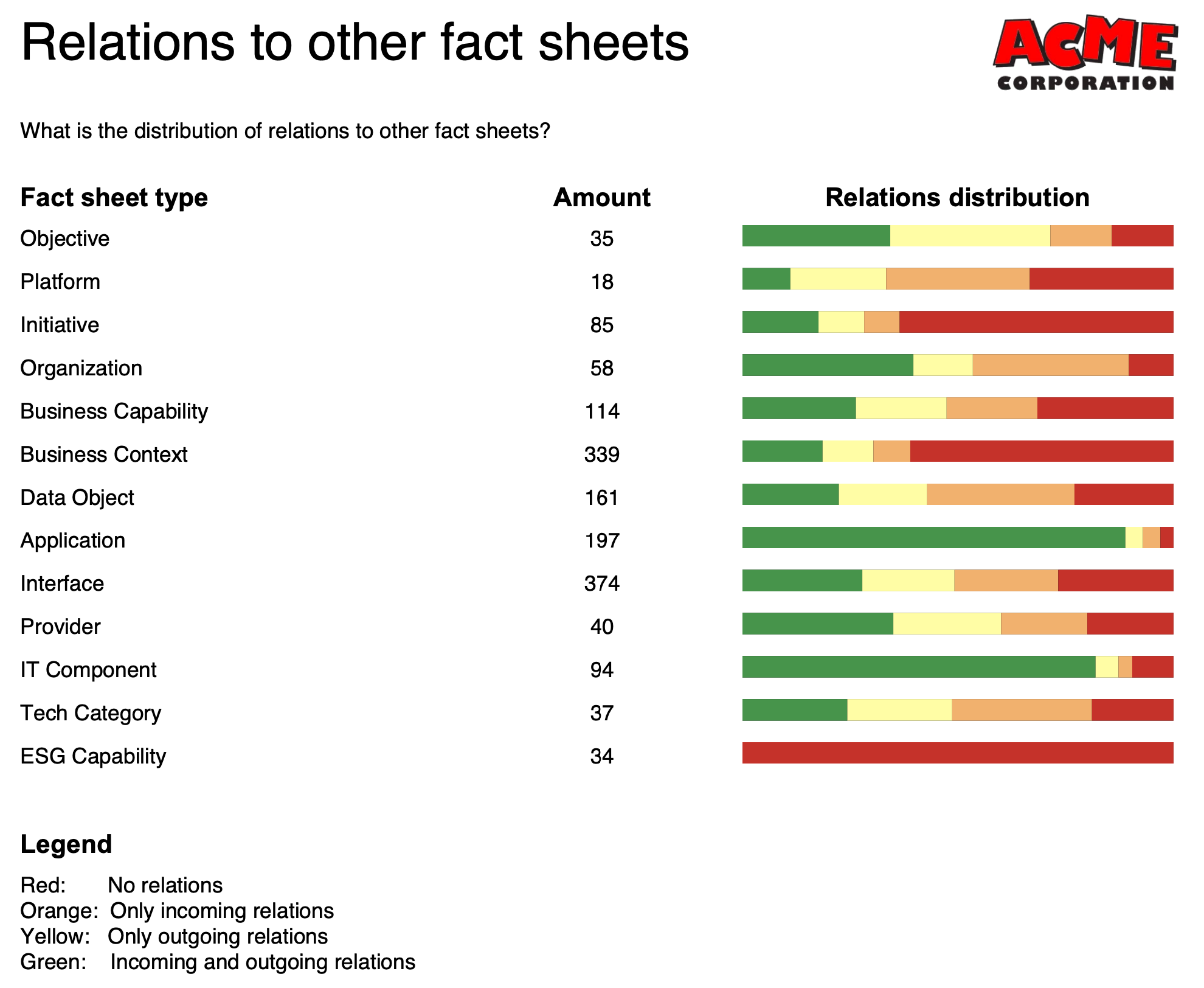Measuring Enterprise Architecture
By Mark Hissink Muller
Understanding enterprise architecture (EA) and how it can best support a large organization is not easy. The discipline is inherently complex and there are many business and technical concepts to put in perspective.
How do we choose the right concepts to accurately reflect business realities, user needs and IT solutions for the different business lines?
What methods should we use to effectively scope, describe and interconnect these concepts? How do these methods assist in managing the portfolio or driving digital transformation?
Are the models and descriptions robust enough to execute and support the digital transformation effectively?
In even a mid-size organisation, aligning all of these elements and ensuring that enterprise architecture contributes effectively is a daunting task that requires a diverse skill set.

A new way of organising Enterprise Architecture
A recent development in the world of enterprise architecture tools is to organise content with and around connected data, rather than via unrelated diagram artefacts. Doing so creates a virtual twin of the enterprise concepts that can be questioned and measured in meaningful ways, enhancing insight and understanding for better communication, coordination, control, and change. One solution that uses this approach is LeanIX, a SaaS platform for documenting enterprise architecture that was acquired by SAP in August 2023.
In LeanIX, EA concepts are described in fact sheets that follow the LeanIX Meta Model. The following diagram shows this meta model and with that fact sheet types that are supported to describe an enterprise architecture in the LeanIX environment. On the right side there are examples of the different concepts that would be described in their own fact sheet.

When a large organization describes and models its enterprise architecture, this is done in hundreds or more of fact sheets that are inter-related. E.g. a fact sheet that describes a particular Business Capability might contain a link to a Process fact sheet that describes the process that supports this business capability and to an Application fact sheet for the application that is used as part of the business capability and the process. The LeanIX environment shows the concepts and their relations, which are also available via a web service API.
Measurements to understand and gain control
I’ve developed a solution to measure the concepts and to assess the quality of the enterprise architecture modeled within a LeanIX repository. The following diagram provides an example of our capabilities and illustrate this by the distribution of relations per fact sheet type:

At a glance, it’s evident that:
- Applications are well-modeled, showcasing a dense network of incoming and outgoing relations with other fact sheets;
- Initiatives and Business Contexts, however, show fewer connections, suggesting areas where the enterprise architecture’s quality could be improved in this fictional example.
Of course, this diagram only highlights a single quality aspect. For a comprehensive understanding of the repository’s quality, one must also evaluate numerous other factors, among which:
- Completeness and accuracy of fact sheet descriptions;
- Assignment of responsibility and accountability for fact sheets and associated models;
- Recency of updates or access to the fact sheets to provide insight in use and usefulness.
It’s worth noting that while the LeanIX platform provides built-in quality reports, they don’t offer the same depth of flexibility.
Calling all quality-minded Enterprise Architects
Via an automated tool I can quickly aggregate the measurements and assess its results, providing an invaluable perspective based on comprehensive data analysis. With this solution, EA teams who use LeanIX can be closely supported with the insights and focus they need to enhance the value of their models and contribution.
If you are interested in measuring, increasing insight and understanding the quality of your LeanIX environment, it would be great to connect and discuss over a virtual or real cup of coffee.